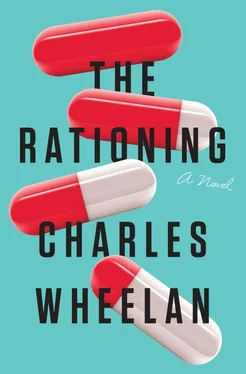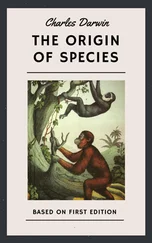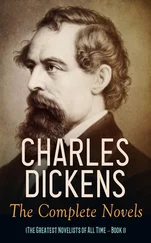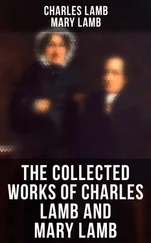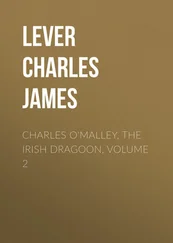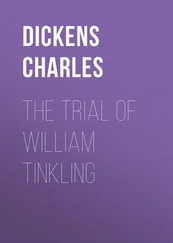Some months after the dramatic Air India One flight, those of us who worked on the scientific effort during the Outbreak were invited to a small White House reception with the President. The event was postponed twice—once during the intervention in El Salvador and again when the First Lady had her cancer surgery. Eventually we gathered at the White House. The NIH team was there, along with the other principals who had been involved in the response: the Acting HHS Secretary (now retired), the Secretary of State, and so on. The President and First Lady welcomed each member of the team as we entered the East Room; the NIH Director stood at the President’s side, introducing each of us as we reached the front of the receiving line. “You remember our expert on lurking viruses,” the NIH Director said to the President as I stood in front of him, offering my hand.
“Of course I do,” the President said, looking down subtly at my name tag. “Thank you for your service.”
I moved along to the First Lady. “So nice to meet you,” she said. “The nation owes you a profound debt.” Jenna was right behind me. I waited for her as the First Lady said, “Thank you for your important work.”
Jenna was chuckling when she joined me. “Hah,” she said, “the President forgot your name.”
“No,” I replied with a smile. “He never knew it in the first place.”
Acknowledgments

ITYPICALLY WRITE NONFICTION—BOOKS ABOUT ECONOMICS and statistics and monetary policy. Bringing a novel to fruition was an entirely different undertaking. I am deeply appreciative of those people who guided me through this new process. As always, it has been a pleasure to work with W. W. Norton, a partnership that is approaching two decades. John Glusman steered me expertly through the new territory associated with fiction. His faith in the story and its characters made the book possible. Helen Thomaides is the one who made the production process run far more efficiently than the rest of my life. I owe a special debt to copyeditor Dave Cole and his remarkably careful eye. This is a complicated story that takes place in the future over a handful of days in multiple time zones. Dave was the one who made sure that the details were consistent and always supported the larger narrative.
I wrote this book while traveling around the world on a “family gap year” with my wife, Leah, and our three children. Leah is a remarkable partner in all that I do. She had the imagination and energy to make that family trip happen. She was the first person to read an early draft of this book—before there was even an ending. Her encouragement inspired me to keep going. Our children—Katrina, Sophia, and CJ—were fun and adventurous travel companions. If I am being honest, however, their primary contributions to this book were fits of teenage behavior that drove me to cafés and other isolated places where I was able to get a lot of writing done.
I showed up in New York at the end of our family gap year and informed my agent, Tina Bennett, that I had written a novel. (At least I did not present her with poetry or watercolor paintings.) She was remarkably supportive; as a result, we now have a book. Tina and I have brought a diverse array of projects to fruition. It has been a privilege to have her at my side along the way. And thankfully, Svetlana Katz has been at Tina’s side to round out a great team.
My day job is teaching public policy at the Rockefeller Center at Dartmouth College. (Anyone who did not see a lot of public policy themes in this book did not look hard enough.) Andrew Samwick is the one who brought me to the Rockefeller Center. He has encouraged my eclectic projects at every turn. He also made possible our year of traveling, which in turn made possible The Rationing. It is a joy and a privilege to be a part of the Rockefeller Center and to teach Dartmouth undergraduates.
I want to thank Joyce Gerstein, a family friend since I was in high school. For as long as I can remember, Joyce has worked at the Book Bin, an independent bookstore in Northbrook, Illinois, where I grew up. When my mother gave Joyce the manuscript, Joyce read it promptly and pronounced that it was a book she could sell. That was high praise coming from someone who loves books as much as she does; it also motivated me to move the project forward.
Thanks also to my mother, who gave the manuscript to Joyce without my permission. That’s exactly the kind of thing mothers are supposed to do.
Naked Money: A Revealing Look at Our Financial System
Naked Statistics: Stripping the Dread from the Data
The Centrist Manifesto
10½ Things No Commencement Speaker Has Ever Said
Revealing Chicago: An Aerial Portrait (with Terry Evans)
Naked Economics: Undressing the Dismal Science
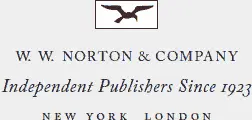
This is a work of fiction. Names, characters, places, and incidents are the products of the author’s imagination or are used fictitiously. Any resemblance to actual events, locales, or persons, living or dead, is entirely coincidental.
Copyright © 2019 by Charles Wheelan
All rights reserved
First Edition
For information about permission to reproduce selections from this book, write to Permissions, W. W. Norton & Company, Inc., 500 Fifth Avenue, New York, NY 10110
For information about special discounts for bulk purchases, please contact W. W. Norton Special Sales at specialsales@wwnorton.com or 800-233-4830
Book design by Barbara Bachman
Production manager: Julia Druskin
The Library of Congress has cataloged the printed edition as follows:
Names: Wheelan, Charles J., author.
Title: The rationing : a novel / Charles Wheelan.
Description: First edition. | New York : W. W. Norton & Company, [2019]
Identifiers: LCCN 2018054654 | ISBN 9781324001485 (hardcover)
Subjects: LCSH: Political fiction.
Classification: LCC PS3623.H429 R38 2019 | DDC 813/.6—dc23
LC record available at https://lccn.loc.gov/2018054654
ISBN 9781324001492 (eBook)
W. W. Norton & Company, Inc., 500 Fifth Avenue, New York, N.Y. 10110
www.wwnorton.com
W. W. Norton & Company Ltd., 15 Carlisle Street, London W1D 3BS
Yes, this is the very same firm where Al Goyal worked early in his career.
Again, I feel compelled to point out that this was not heroism or genius on her part. It was her job. The NIH had binders spelling out in picayune detail exactly what low-level employees (e.g., Tatiana) were supposed to do in such situations. When Amazon put her photo on every digital receipt—dressed as a nurse, for no apparent reason—with “How many lives did she save?” splashed above her sultry pose, many of us in the scientific community answered, “Probably none.”
The detail here comes from the Outbreak Inquiry Commission hearings, during which a group of Tea Party senators were obsessed with the idea that the NIH, the CDC, and the Federal Reserve had somehow—and for some reason that I never fully grasped—colluded to cover up early evidence of the Outbreak.
Because Centera was trying to reduce costs by postponing the destruction of expired doses, the actual number was closer to forty million.
Читать дальше
